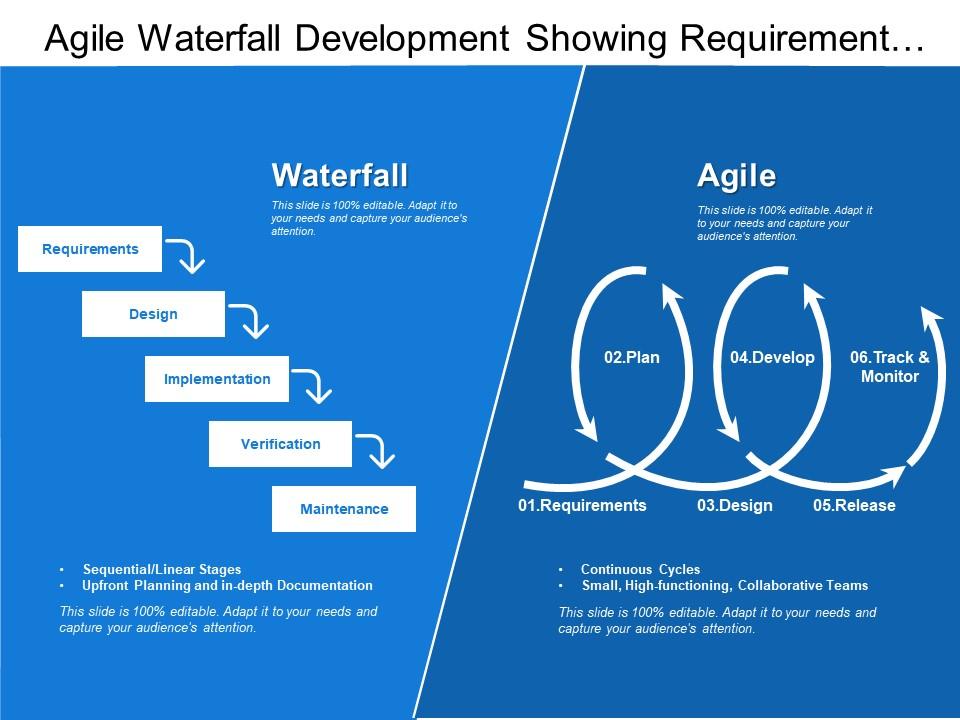Quantum leap in different views
What is a Quantum leap?
A quantum leap means a sudden change or increase in something. Quantum leaps are rarely found in scientific contexts, but they were originally coined as a synonym for quantum jumps, which describe sudden transitions (like atoms, electrons, or molecules) between discrete states. From the world of quantum mechanics, the scientific basis for laser technology, television, computer technologies, space communications, and nuclear energy, a quantum leap is an explosion of movement by a subatomic particle (usually an electron) through a barrier without any apparent change in its motion. A quantum leap is a jump without apparent effort, and without covering all the normal steps or links between the start and endpoints.
We won't discuss scientific terms in this article, rather, we will learn what are some of the quantum leaps in personal development and modern business practices.
Quantum leap in personal development

Personal development is a lifetime process. It is a means by which people can evaluate their strengths and weaknesses, think about their future ambitions, and set goals in order for them to realize and maximize their potential. In today's generation, 'quantum leap' refers to the phenomenon where someone suddenly becomes extremely good at something they've never been particularly good at before. About personal development, this quantum leap is similar to taking a risky step, going off into an unfamiliar situation, a new direction, without any guidance to follow, only a set purpose with hugely different results. There may be a series of minor changes leading up to that big change, but eventually, there is a big change that occurs in an instant. So how does it work? What makes for a quantum leap? To be successful, you must put forth an effort into growing in a certain direction. And you must maintain that effort for long enough until you achieve your quantum leap. If you quit before you get to the finish line, you’re likely to start from square one again. If you want to be successful at targeting a new quantum leap, then you must continue working towards it until you reach it.
Quantum leap in modern business practice

This phenomenon doesn't just apply to one person; it can also be applied to any business. One big example of a quantum leap in modern business is the evolution of agile project management.
Agile has become one of the most popular methodologies used by development organizations today. It's often used by companies who want to deliver products or projects with a feedback loop and deliver results in a more efficient way.
It’s common for us to associate agile projects with high levels of collaborative and flexible working practices and an iteratively evolving environment where project goals change alongside changing customer needs. Because of this, we also think of agile development as something that helps teams from different types of companies deliver new products faster.
I know you might be thinking, when did Agile methodology start, and what is its impact on today's project management development? Let me explain.
Agile is a software development method that was developed by the agile community to help teams deliver high-quality products at a predictable cost. It is based on the iterative and incremental development of software solutions, which means that it can be applied to any type of project. The main idea behind this approach is to break down large projects into smaller chunks or iterations, each one with a defined scope. This way you can focus on the most important aspects of your project and avoid getting distracted by details that are not relevant to the current iteration.
This approach has been used successfully in many different industries including software development, manufacturing, construction, etc. It’s also especially useful when working remotely because it allows you to work at an optimal pace without being interrupted by other people.
Before Agile methodology started, there was what we call the Waterfall Model.
The Waterfall Model breaks down projects into sequential stages. Each stage has its own sub-stages. These stages depend upon the earlier stages' progress. Each stage is specialized towards performing a particular task. The waterfall model is typically used in software development, but it is not just limited to software development. Some industries use the waterfall model to manage their product pipeline. For example, a company may start by developing a prototype for an upcoming release, then follow up with piloting and testing in order to determine if the final version is ready for mass production.
The term "waterfall" was originally used in manufacturing and construction industries to describe the way new ideas were developed by small teams within large organizations. These groups would often come up with solutions to problems, but they'd need approval from senior management before implementing them. Once approved, these ideas would then be implemented across the entire organization.
This method might seem like a good idea, but Waterfall requires projects to follow a rigid schedule and focus on completing one thing at a time. Following this strict plan can be problematic because it takes so long to finish just one part of the overall task.
Traditionally, projects were run as “waterfall” projects. Agile came along and changed the thinking because waterfall projects had many inherent issues – cost and time overruns, low quality, difficulty to change, etc.
The rise of Agile methodology became a quantum leap in the field of project management as it improved the process and quality of the projects. A key part of agile development is the ability to work incrementally. Iterative projects are completed in short cycles with just a small part of the entire project completed at once.
Iterative development means that less time is spent doing things that don't add value. When something changes about the plan, the amount of extra work needed to adapt to the change is minimized. To put it simply, no team has to go too far down any particular road before realizing they need to turn around and start all over again somewhere else.
Agile methodologies can affect how easily a team is to adapt to change when it occurs. Being able to quickly respond to changes is an important advantage of agile methodologies.